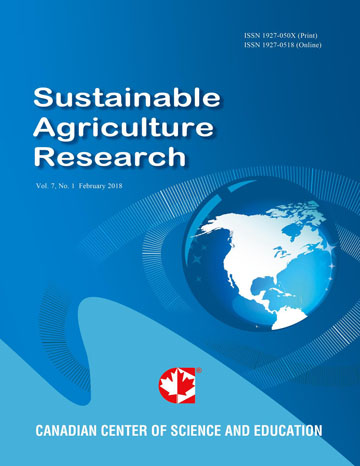Capital Structure and Its Role on Performance of Microfinance Institutions: The Ugandan Case
- Haruna Sekabira
Abstract
Micro Finance Institutions (MFIs) rejuvenate economic prowess in developing countries, after severe shocks like wars, droughts and floods. MFIs are a promising tool to tackle poverty and improve food security. Sustainability of MFIs based on their capital structure ensures sustainability in poverty reduction and improved food security. The limited literature on the impacts of capital structures on MFI performance necessitated the study. Panel data from 14 MFIs was collected based on availability and accessibility. The sources of data were financial and income statements covering five years. Econometric analysis using STATA software was done following methodologies of Bogan and Rosenberg. MFIs lent to both individuals and groups and 79% were not regulated by the Central Bank, 86% had their funding sources as loans, grants, excluding deposits/savings and 73% attained operational self-sufficiency. Debt and grants were negatively correlated to operational and financial sustainability. When sustainability was more constricted to financial sustainability, debt and share capital remained noteworthy. Other than grants, debt was paid back on competitive market interest rates most especially debts from money lenders, whereas share capital fetched in revenues to the MFIs at market interest rates from the borrowers. Grants and debt had a substantialdamagingconsequence on MFI performance. Capital structure was essential in MFIs’ sustainability. MFI specific characteristics, like management were also important. Subject to sampling uncertainties, the results indicate that adding to regulation by Central Bank, MFIs must specialize their lending to reduce portfolio at risk. MFIs must reduce dependence on debts and grants and resort to accumulating share capital for long-term sustainability.
- Full Text:
 PDF
PDF
- DOI:10.5539/sar.v2n3p86
Index
Contact
- Joan LeeEditorial Assistant
- sar@ccsenet.org
